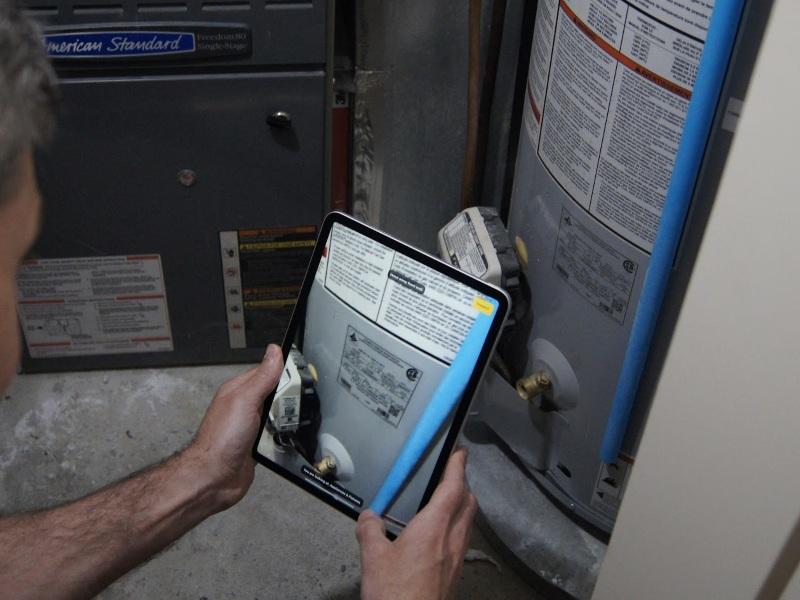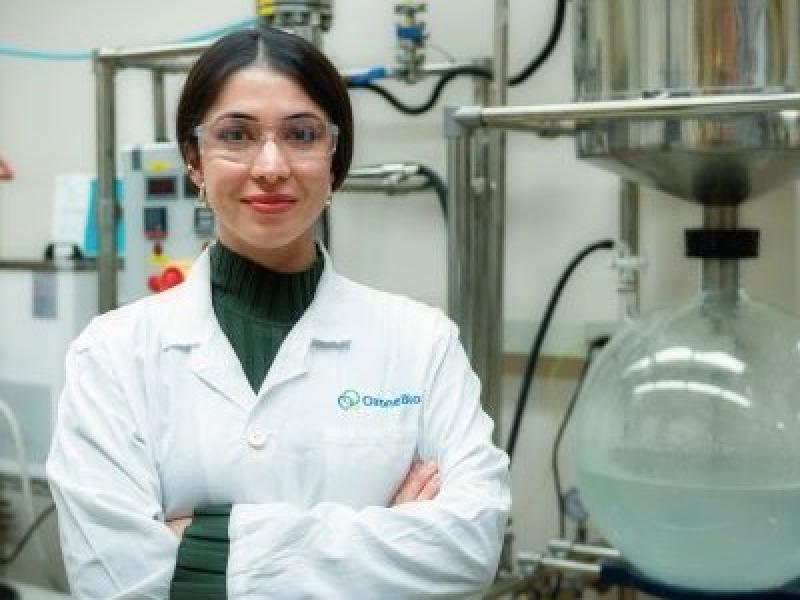
GreenPower’s EV Star cab and chassis that will be used in Workhorse’s W750 van. (Courtesy GreenPower Motor Co.)
Vancouver-based GreenPower Motor Company Inc. (GPV-X) and Workhorse Group have signed a supply agreement for 1,500 GreenPower electric vehicle (EV) Star cab and chassis units, which will be used in Workhorse’s line of Class Four step cargo vans.
The cab and chassis units (CCs) will be built into Workhorse’s W750 model, to be manufactured as part of a 21-month schedule beginning in July.
GreenPower plans to deliver about 200 CCs each quarter. Workhorse plans for the new step vans to enter production in the third quarter of this year.
The CC is “designed to take on any mid- and last-mile delivery,” GreenPower says on its website. Company president Brendan Riley refers to the vans as “your UPS, Canada Post, FedEx-type vehicles.”
The W750 is designed to offer up to 240 kilometres of all-electric range, with a payload capacity of 2,200 kilograms, 60kW DC fast-charging and optional 60 kW wireless-charging capabilities. The vans will be available in the U.S. and Canada under the Workhorse brand name, along with the company’s after-purchase support programs.
The Workhorse agreement
Riley first became aware of the Cincinnati-headquartered Workhorse when he was the North American vice president of fleet sales at BYD Motors. At that time, he decided not to buy the company’s vehicles.
But, last summer, when Workhorse underwent a major reorganization with a new president, CFO and CTO, whom Riley called “real industry guys,” the company got his attention once more.
He began by offering the cab and chassis for Workhorse’s C1000 cargo delivery van, a vehicle Riley said “was too expensive to build” and ended up being the subject of a recall announced in Workhorse’s 2021 Q3 earnings call, along with an $81-million loss.
Riley and Workhorse then began talking again for the W750. After pricing out the costs and lobbying Workhorse executives, the GreenPower cab and chassis were selected from several companies’ submissions, and a pilot program was launched.
“I’m not going to name (the customers), but I got to do demos with them . . . I knew they had real customers with cash, ready to buy vehicles,” Riley said. “I got more and more interested in the deal as time went on, to really see how big their scope was. They had a very advanced sales team.”
From first contact to the first integrated order took about six months. While the agreement lasts to 2024, Riley says the aim is to continue beyond that date.
GreenPower’s business model
GreenPower’s overall business model closely mirrors how it approached the Workhorse agreement.
Riley compares the approach to Apple — “how they license the technology for people to make things for them, but it’s still all Apple’s IP,” he explained.
GreenPower works with various suppliers, from aluminum product manufacturer Constellium, which is headquartered in Paris, to Pennsylvania-based Momentum Dynamics, which handles the wireless charging for GreenPower’s entire EV Star platform.
That approach continues because, so far, the company doesn’t have the volume of vehicles to justify the large upfront capital expenses that would result from manufacturing all of the elements of the CCs itself.
“We get to leverage a lot of these tier-one original equipment manufacturers (OEMs) to supply us with best-of-breed components,” Riley said. “In some cases where we can’t find them, we, of course, have to develop our own.”
The Class Four EV space
In the case of the Class Four EVs, Riley explained GreenPower initially did not see itself as a significant player in the sector. However, he saw the lack of the big OEMs like Ford or GM in that space, as they’re mainly preoccupied with classes one through three.
“We really don’t have the years of selling into those spaces as the incumbents do,” Riley said. “We don’t have the dealership networks, all that stuff to get those vehicles out, so we focus on a space that’s relatively narrow, which is the Class Four vehicle space.”
Riley has previous experience with Class Four vehicles from his days at BYD, where he was involved with its courier van segment. Thanks to the Workhorse deal and GreenPower’s regular EV Star production, GreenPower is looking at producing around 350 EVs each quarter.
“We believe our space will be the largest EV OEM in the Class Four and possibly in the school bus space entirely. That’s our goal,” Riley said. “The Class Four space is maybe 50,000 to 100,000 vehicles a year in total addressable market. Once we hit 10 per cent of that with EVs, we will consider ourselves very fortunate and successful.”
The Workhorse W750s will be produced in its Union City, Ind., plant.
The three-seater CC has a gross vehicle weight rating (the maximum weight it can carry, including payload) of 6,500 kg. It has a range of 250 km with a top speed of 109.4 kph, while its charging speed varies between 11 hours with a Level-2 charger or two hours with a wireless DC charger.
Although founded in Vancouver in 2010, GreenPower’s primary operational facility is in Porterville, California. In 2016, it brought North America’s first EV double-decker bus to CVS Tours in Victoria, B.C.
Listed on the TSX since November 2015, GreenPower completed its U.S. IPO with gross proceeds of $37.7 million and its NASDAQ listing in August 2020.
The company’s other EV products mainly consist of buses. Earlier this month, it announced the launch of its latest product, the Nano BEAST EV school bus.
It also offers two passenger vehicles.










